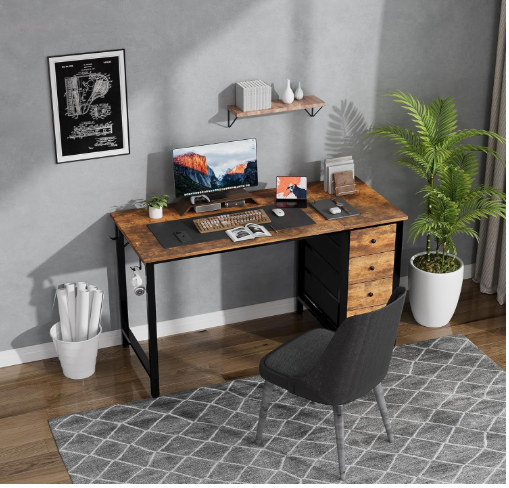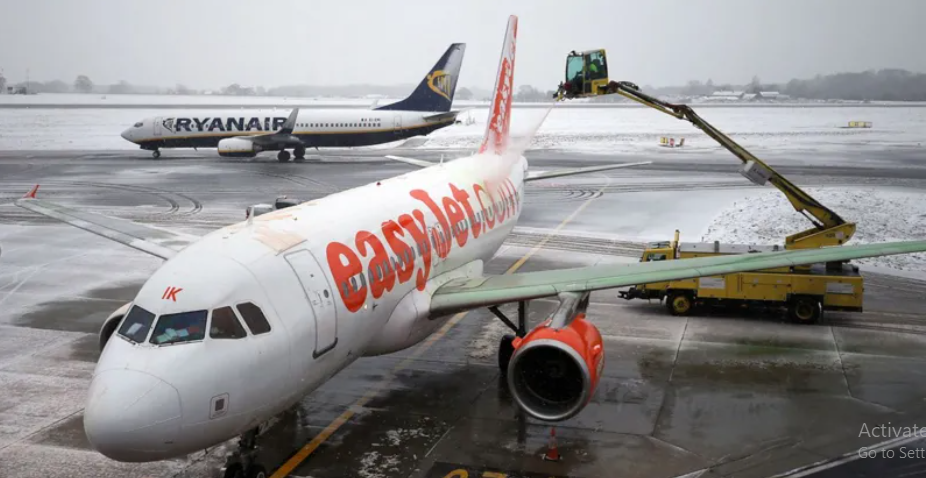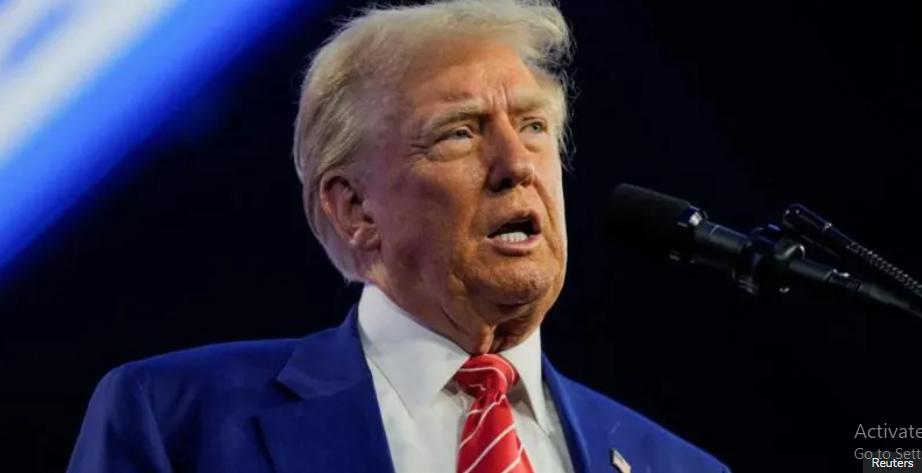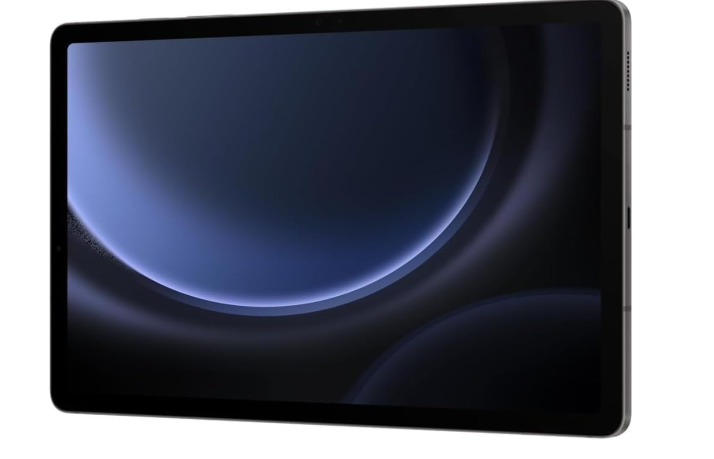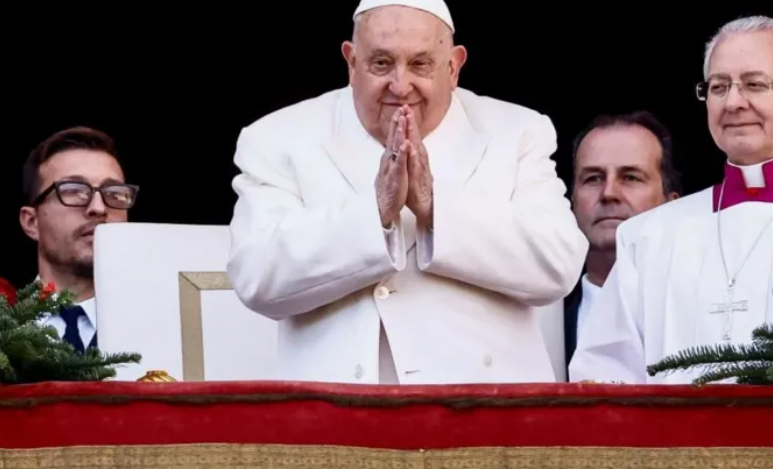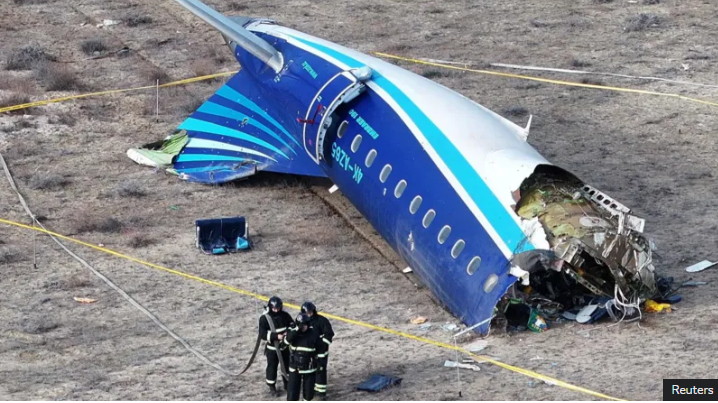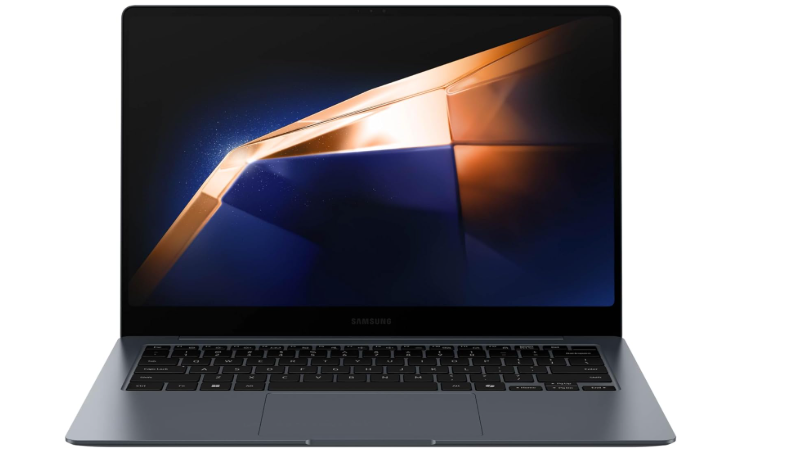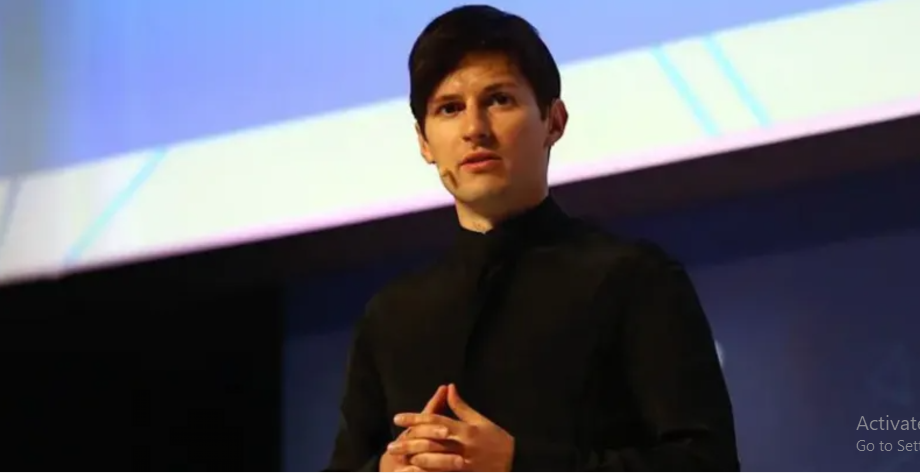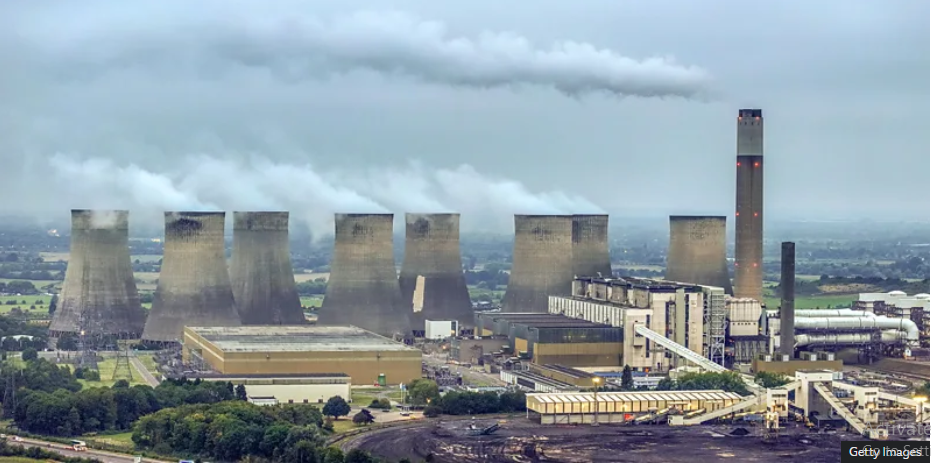William Henry Pigou, a surgeon turned photographer, took this picture of an idol cart at a Mysore temple in 1856

This is a a picture of Caves of Elephanta taken by William Johnson and William Henderson.
The Caves, a UNESCO World Heritage site, are a group of temples primarily dedicated to the Hindu god Shiva in the state of Maharashtra.
William Johnson began his photographic career in Bombay (now Mumbai) around 1852, initially working as a daguerreotypist – the daguerreotype was an early photographic process that produced a single image on a metal plate.
In the mid-1850s, Johnson partnered with William Henderson, a commercial studio owner in Bombay, to establish the firm Johnson & Henderson.
Together, they produced The Indian Amateur’s Photographic Album, a monthly series published from 1856 to 1858.
dag Linnaeus Tripe
The Great Pagoda, View of the Sacred Tank in
the Great Pagoda
(Minakshi Sundareshvara Temple, Madurai)
Silver albumen print from waxed paper
negative mounted on paper, 1858
dag
This 1858 picture of the sacred tank at the Minakshi Sundareshvara Temple in the southern city of Madurai was taken by Linnaeus Tripe
Linnaeus Tripe arrived in India in 1839 at the age of 17, joining the Madras regiment of the East India Company.
He began practicing photography and in December 1854, captured images in the towns of Halebidu, Belur, and Shravanabelagola.
Sixty-eight of these photographs, primarily of temples, were exhibited in 1855 at an exhibition in Madras (now a major city called Chennai), earning him a first-class medal for the “best series of photographic views on paper”.
In 1857, Tripe became the photographer for the Madras Presidency – a former province of British India – and photographed sites at Srirangam, Tiruchirapalli, Madurai, Pudukkottai, and Thanjavur.
Over 50 of these photographs were displayed at the Photographic Society of Madras exhibition the following year, where they were widely praised as the best exhibits.
dag John Murray
Khas Mahal, Agra Fort
Waxed paper negative, c. 1858–62dag
John Murray’s picture of the Agra Fort, 1858
John Murray, a surgeon in the Bengal Indian Medical Service, began photographing in India in the late 1840s.
Appointed civil surgeon in the city of Agra in 1848, he spent the next 20 years producing a series of studies on Mughal architecture in Agra and the neighbouring cities of Sikandra, and Delhi.
In 1864, he created a comprehensive set of pictures documenting the iconic Taj Mahal.
Throughout his career, Murray used paper negatives and the calotype process – a technique of creating “positive” prints from one negative – to produce his images.
dag Thomas Biggs
Plate LXXII. Iwullee, East Front of the Temple
(Durga Temple, Aihole, Bijapur)
Silver albumen print from waxed paper
negative mounted on paper, 1855dag
Thomas Biggs picture of a Durga temple in Bijapur, 1855
Thomas Biggs arrived in India in 1842 and joined the Bombay Artillery as a captain in the British East India Company.
He soon took up photography and became a founding member of the Photographic Society of Bombay in 1854.
After exhibiting his work at the Society’s first exhibition in January 1855, he was appointed as the government photographer for the Bombay Presidency, tasked with documenting architectural and archaeological sites.
He photographed Bijapur, Badami, Aihole, Pattadakal, Dharwad, and Mysore before being recalled to military service in December 1855.
Biggs experimented with the calotype process, producing “positive” prints from one negative.



